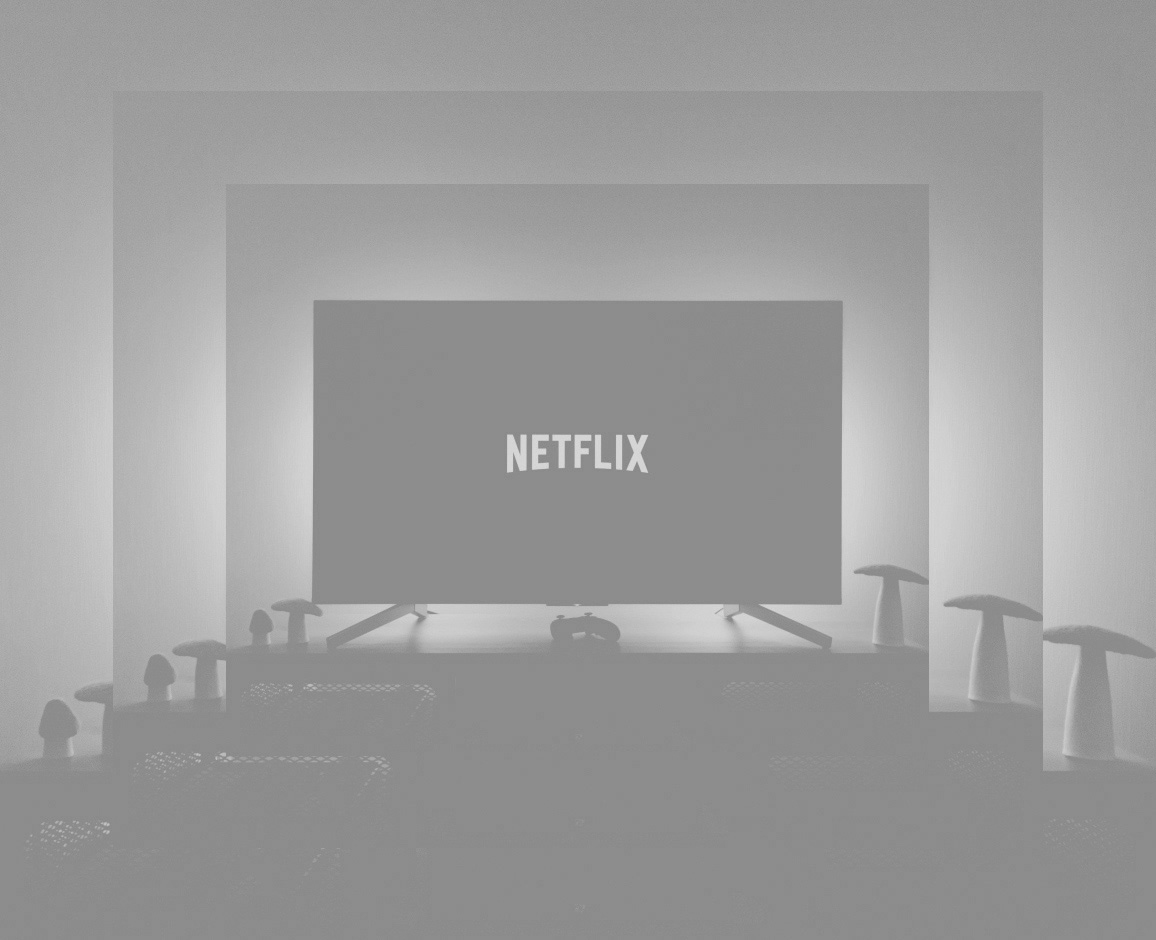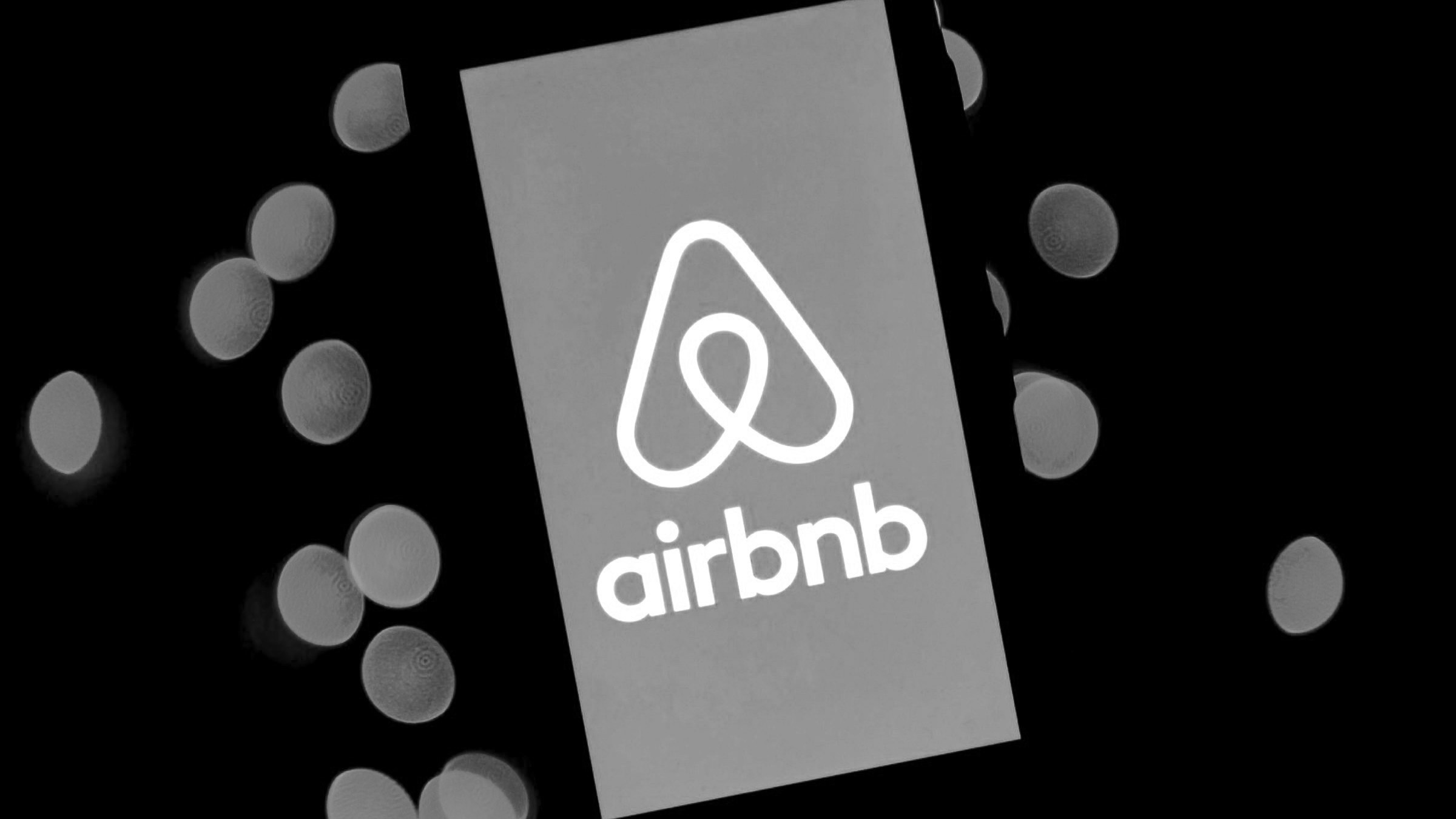Across the Subscribed community, there’s one topic everyone’s talking about: what should Netflix do?
Unless you’ve been under a rock, you’ve heard about Netflix losing almost 1 million subscribers this past quarter. A few weeks ago, I spoke about the turbulence Netflix is experiencing and how it could only go up from here. Others aren’t so sure, or handwave around “subscription fatigue” and the end of streaming.
There are four pillars of reasoning that Netflix is leaning towards that explains their current setback. First, the slowdown in the addressable market directly correlated to connected TVs; it believes this will improve over time. Secondly, it has 222 million paying households, but a further 100 million are benefiting from password sharing and not being monetized. Thirdly, competition is indeed more intense with new entrants from Disney+, Hulu, and HBO Max. And lastly, it refers to macro factors such as geopolitics, namely pulling out of the Russian market altogether, which amounts to nearly 700K users lost due to the political climate surrounding the Ukraine crisis.
So what should Netflix do? Should they change subscription models? Introduce ads? To cut through this, I spoke with Nick Cherrier, Asia-Pacific Chair of the Subscribed Institute, and a recognized expert on monetization, pricing and packaging having spent time at Simon Kucher & Partners and at News Corp. Below we went over some lessons that apply to even the broader streaming industry, and really any industry testing new pricing. Spoiler alert: we get into pricing strategies.
Hi, Nick! It’s great to hear from you! Let’s get straight into it.
So, let’s start with price discrimination (the practice of charging different prices to different customers in order to capture different segments’ willingness to pay). Couldn’t Netflix try The New York Times approach? The same way the NY Times has news, cooking, watching, puzzles, sports news, as well as a complete bundle, could Netflix have $5 month bundles for international content, horror, kids, etc.?
Hi, Tien! Thanks for inviting me and being open to having this discussion.
Here you are referring to unbundling, which is a common media practice. The notion is to move away from an all-you-can-eat approach and more to a modular, or “a la carte” style offering. Publishers resort to it as a defensive play to reduce churn and retain revenue from subscribers’ whose willingness-to-pay does not cover the full offering. For instance, I may not want to pay the $3.95 per week for the entire paper, but I will pay $1 for the cooking and recipe section.
We could absolutely imagine Netflix doing that with its catalog, or even gaming. Fundamentally though, the question is which play better fits your strategy: a) add content and categories to bolster the value you provide with your standard offering (Amazon-style); or b) unbundle your offering to attract and retain customer segments at risk (New York Times-style). I would argue the former better fits Netflix’s strategy. If it unbundles, it runs the risk of attracting stronger niche players across all verticals. The breadth of its catalog is stronger than the sum of its parts.
Maybe they could have multi-user plans? Perhaps 2, 3, 4 people, families or groups at different price points?
You could argue this is already the case. You can create up to five user profiles and depending on your plan (thus price point), have the ability to stream shows across 1, 2, or 4 devices simultaneously for basic, standard and premium respectively. I think the password sharing issue is that the pricing may be off for people using one account across several households. This is what I believe they should, and plan to tackle.
It’s worth noting that a multi-user account is probably stickier as you increase the probabilities of one person vetoing churn. From a game theory perspective, multi-user accounts create an effective soft barrier to exit stemming from subscriber preferences, rather than the company.
Are there other ways to discourage account sharing? For example, could they invest more in personalization and social, so there are now things like comments, watch lists, etc. that create natural barriers for login sharing? Take Gmail or Salesforce, you can’t really share an ID?
Although I am personally not a fan of adding comments within streaming platforms (too many trolls out there – spoiler alerts!), I think the ability to share your watchlist, or top recommendations, easily with people – while attaching a user log-in – could be a cool CX feature.
How many times has a conversation with your friends moved to the topic of “what shows are you watching?” What if you could follow people that you know have similar interests or tastes? You could also imagine people following celebrities’ watchlists. That would even allow Netflix to go deeper in customization and content targeting.
For reference, Spotify has its playlists tied to your identity and listening habits, so password sharing is awkward. There could be a similar solution that works for video streaming.
I’ve heard people say they’re not convinced an annual plan makes sense. Monthly or annually isn’t a binary choice. Netflix can offer both, or even encourage folks on a monthly plan to switch with limited-time deals. Apple offers both. Is there a way to show that annual plans make sense?
For a subscriber, the only benefits I perceive to an annual plan would be to secure a discount, or receive temporary price protection in a context of price increases. The tradeoff for Netflix is a hit to profitability for a small improvement in retention.
Netflix follows an evergreen model, so the benefits of an annual plan are limited for them if they also offer a monthly plan. You would expect subscribers to simply choose the plan they prefer, and arguably those with a high probability of churning in the short term will opt for the monthly plan regardless.
Alternatively, Netflix could fence a premium offering with additional features behind an annual subscription. This could drive adoption to it and therefore boost retention, but consumers could also react negatively to an attempt to lock them into longer contracts. In the current context, analysts may smell blood in the water.
I do believe Netflix’s renewal rate after the first 1-2 months is good compared to other streaming services, but doesn’t that mean it can’t be better?
Churn in OTT is higher than most industries and that is due to user behavior. You cannot prevent people from shopping around, and even the top of the crop (Disney+ bundle) sees ~15% churn in month 1. What I am calling out is that Netflix is performing very strongly against its peers and I wouldn’t call its churn a problem.
Of course if there are opportunities to improve retention through pursuing programs that fit its overall strategy, it should explore them (i.e. boosting original content in categories of interest)
How about bingeing. I think when Netflix had no competition, bingeing was fine. But now that people have an incentive to swap back and forth between services, I’m not sure dropping all episodes in a season at once makes great sense. I’ll sign on for a month and binge some shows and then cancel. Again, this all goes back to better churn management.
Linear TV with set programming (e.g. “Melrose Place” is on Wednesday nights, “Friends” on Thursday nights) creates shared experiences in the community. It allows people to talk about it the next day and share opinions. Disney+ drops episodes from its original content weekly, unlike Netflix, and therefore manages to reproduce this. With binging, your audience is out of synch (I still haven’t finished season 4 of Stranger Things, but I already know the last episode will have an epic “Master of Puppets” rendition).
As far as stopping the release of all content at once in an effort to prevent binging, I agree that it would force those that subscribe temporarily for a single show to stay longer. It would however alienate many subscribers that see that as a key feature of Netflix’s original content. If the aim is to retain subscribers longer, I believe this cure is not appropriate. Better be subscriber-centric and give people the ability to watch the show how they wish, and instead invest in more quality content. If you give people more shows they want to watch, they will stay. In other words, give consumers what they want and how they want it.
Thank you for your time and for providing valuable insight, Nick!
It’s been a pleasure talking with you, Tien! Let’s chat again soon.

